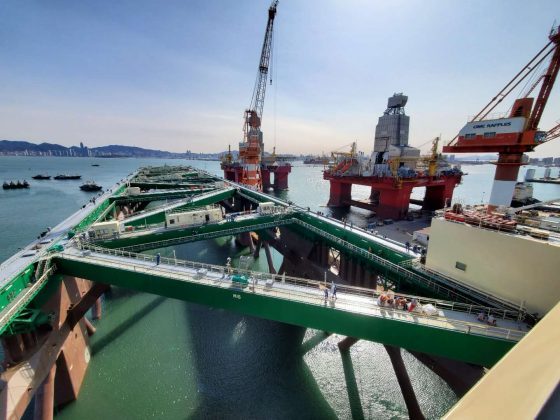The government is signalling a willingness to facilitate growth, not poverty, for the Norwegian salmon farming.
It is undoubtedly a day for celebrations at farming sites and boardrooms today. Not entirely unexpectedly, the 40 per cent resource rent tax proposal was dropped. It all seemed like a desk exercise, without much support from the Parliament. Performed with an impressive enthusiasm by economics professor Karen Helene Ulltveit-Moe, who applied a remarkable amount of personal prestige to the case.

Accomplishment
Today’s alternative proposal, NOK 0.40 per production fee per kilo for farmed salmon and trout, is bearable and to the likelihood almost equal to the fee of NOK 0.25 proposed in 2017. At that time, the farmers loudly protested, and as a result, the opposition served a brutal resource rate tax.
Now the salmon farmers are smiling, knowing that the alternative would have been far worse.
The barometer for large parts of the Norwegian aquaculture industry, and share prices of the salmon giants on the Oslo Stock Exchange, is characterised by this. A relief rally. The resource rent tax has been holding down the stocks for quite some time.
Read also: Tax proposal that oozes Marxism
Political risk
The very moderate production tax that is being proposed today will create peace to work and remove political risk. It also lays down clear framework conditions and prerequisites for investment plans that were in danger of being crushed, such as Firda Seafood’s new hatchery facility, Nordlaks’ and SalMar’s new marine farms, or NTS’ Aquatraz.
A special Norwegian resource rent tax would have offset many of the spectacular and innovative investment plans that this growth industry has recorded in recent years. Yes, the whole idea that was stimulated by the introduction of the development concessions under Minister Elisabeth Aspaker would become a bracket in history and a siding.
Now, not least in the light of Covid-19, the Norwegian economy and employment must be kick started, and then it is important that the Government sets favourable framework conditions for the industries that will form the backbone of the country’s business sector for decades to come.
It is expensive to pay for welfare. Carbon capture and offshore wind turbines are unlikely to contribute with positive cash flow in the first few years.
Responsibility
The aquaculture industry is ready to take an important part of this responsibility. It has funds, profitability and a well-paying market. SalMar’s chairman Atle Eide predicted in March 2020 there in the future will be 100,000 jobs, related to the development of offshore rigs alone.
“Huge investments will be required to realise this. Investments that we have not seen since the heyday of the oil industry. If this growth is to happen offshore, the industry must invest at least NOK 200 billion (EUR 18 billion) only in offshore production equipment alone,” Eide said.
Now he has received government support to move forward with these plans.

